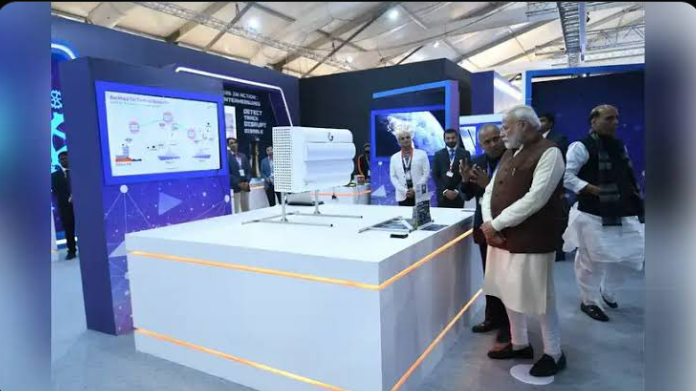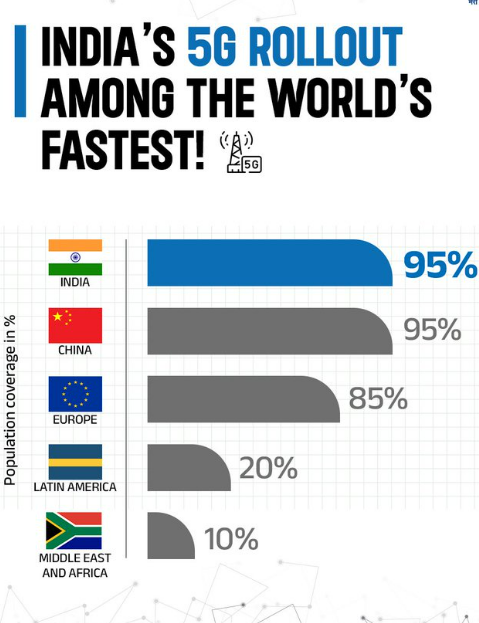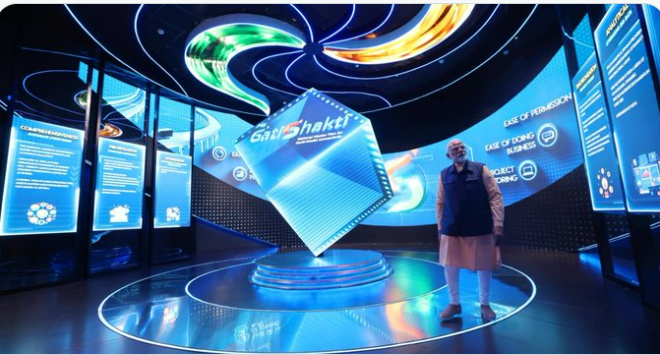Marking the 10th anniversary of the Digital India initiative, Prime Minister Narendra Modi highlighted the program’s transformative impact on governance, digital payments, healthcare, and connectivity across the country. Launched in 2015, the initiative aimed to bridge the digital divide and bring technology closer to every citizen. A decade later, India stands as a global leader in digital innovation and infrastructure.
In a post on social media platform X, PM Modi reflected on the journey, stating that Digital India has “touched countless lives and ushered in a new era of empowerment.” He attributed the nation’s remarkable progress in digital services and payments to the collective efforts and determination of 1.4 billion Indians.

“Our strides in digital payments have been powered by the collective resolve of 140 crore Indians,” he said, underscoring India’s dominant position in global real-time digital payments. India now contributes nearly 50% of the world’s real-time digital transactions, processing billions of payments each month.
In a LinkedIn post, Modi cited a sharp rise in internet connectivity as one of the key milestones. From approximately 250 million internet connections in 2014, the figure has now surged to over 970 million. He predicted that the coming decade would be even more transformative as India moves “from digital governance to global digital leadership” and transitions from “India-first to India-for-the-world.”
A post shared by the official MyGovIndia handle outlined several notable achievements under the initiative. Among them is the rapid rollout of 5G technology, now covering 95% of India’s population—making it one of the fastest 5G deployments worldwide. The post also highlighted India’s low-cost internet, with data prices under ₹10 per GB, compared to ₹32 in China and ₹151 in South Africa, positioning India among the most affordable data markets globally.

The initiative has also made significant advances in healthcare. The number of Ayushman Bharat Health Accounts (ABHA) has surpassed 780 million, laying the groundwork for one of the world’s largest digital health ecosystems.
Connectivity has seen a major boost as well. Under BharatNet and related programs, over 4.2 million kilometers of optical fibre have been laid across the country—an effort the post equated to covering 11 times the distance between Earth and the Moon. This network is critical for supporting digital services in remote and rural areas.
India’s mobile connectivity also continues to grow, with over 1.16 billion mobile connections reported by the Telecom Regulatory Authority of India. In May alone, the country added nearly 2 million new wireless subscribers.
In digital commerce, over 700,000 sellers, including small businesses, artisans, and kirana stores, have joined the government-backed Open Network for Digital Commerce (ONDC) within two years. This initiative promotes inclusivity by enabling local businesses to participate in the digital economy.
With the first decade laying a strong foundation, the Digital India initiative is set to drive even greater global influence in technology, innovation, and digital governance in the years to come.








